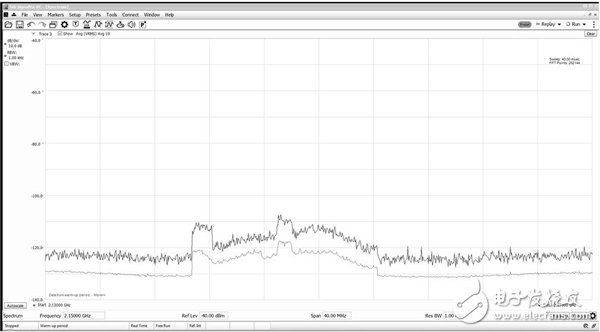In today's advanced wireless communication systems, interference is a common and undesirable issue that can lead to noise, dropped calls, and overall communication disruption. Within a cellular network, interference is not just an external problem—it’s inherently part of the system. Although modern networks often include built-in interference detection tools, these are typically limited in their effectiveness. They usually focus on a few signal types and may only analyze the impact on a single channel, which makes them less useful for comprehensive troubleshooting.
Spectrum analyzers are essential tools that engineers use to detect and identify sources of interference. There are various types of spectrum analyzers available, but many professionals prefer compact, battery-powered models because they offer mobility and the ability to collect data from multiple locations.
When it comes to searching for interference frequencies, the first challenge is determining whether the interference can be measured at all. Usually, the affected receiver is easy to identify, and this is where the investigation should begin. However, wireless receivers are capable of detecting very weak signals, so the spectrum analyzer must be set to match the sensitivity of the victim receiver to "see" what the receiver is actually experiencing. For example, a typical LTE receiver has a sensitivity of around -120 dBm, meaning any RF interference stronger than this level on the channel can disrupt its operation.
To adjust sensitivity, spectrum analyzers have two key controls: reference level (RefLvl) and resolution bandwidth (RBW). When measuring in an over-the-air (OTA) environment, the reference level must be kept relatively high—around -30 dBm—to prevent the analyzer from becoming overloaded by the full range of RF energy.
Most spectrum analyzers automatically adjust the RBW based on the user-defined bandwidth. However, during OTA measurements, reducing the RBW allows for better detection of small signals that could interfere with the victim receiver. This adjustment, however, significantly slows down the scan rate, making it difficult to catch short-lived or intermittent interference events.
A real-time spectrum analyzer (RTSA) solves this problem by using narrower RBW filters and scanning the spectrum faster than traditional swept-tube analyzers. Figure 1 shows an LTE signal captured over the air. With a 40 MHz bandwidth and a default RBW of 300 kHz, it's challenging to spot narrowband interference near the center of the display. If there’s an interferer narrower than 300 kHz, it would be nearly impossible to detect under these settings.

**Figure 1: Example of LTE signal OTA results.**
In Figure 2, the same setup uses a 1 kHz RBW filter instead. Now, the LTE channel becomes clearly visible, and the scan time increases to just 40 ms. This improvement highlights one of the main advantages of using an RTSA for measuring wireless interference. These instruments were once expensive and required a desktop setup, but now, affordable, battery-powered, USB-based RTSAs are available, making them a practical and effective choice for interference hunting.

**Figure 2: Real-time spectrum analyzer with 1kHz RBW filter improves the ability to view LTE signals.**
Piezoelectric Buzzer For Driver Circuit Built-in
The piezoelectric buzzers (for Driver Circuit Built-in) offer optimal sound, performance, and efficiency for all types of medical and industrial applications. Our piezo buzzers are constructed in a variety of sizes and work across varying frequencies which allows them to produce different sounds and tones. As voltage is applied to a piezo Buzzer, the piezoceramic disc vibrates, flexing with respect to input voltage to generate sound. Our piezo buzzers maintain low current draw which is advantageous for any battery operated device. Since piezo buzzers don`t have a magnet in their construction, it eliminates EMI/EMC issues.
Buzzer Alarm,Built In Piezoelectric Buzzer,High Frequency Alarm Buzzer,Constant Tone Buzzer For Alarm
Jiangsu Huawha Electronices Co.,Ltd , https://www.hnbuzzer.com
